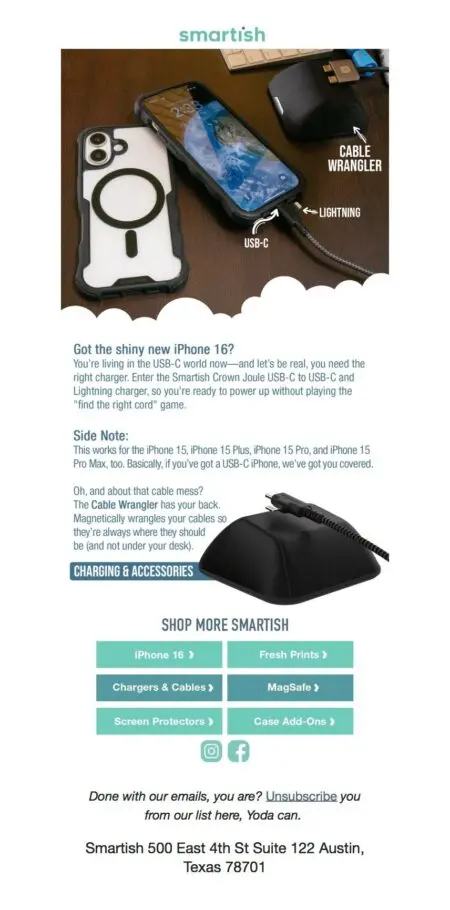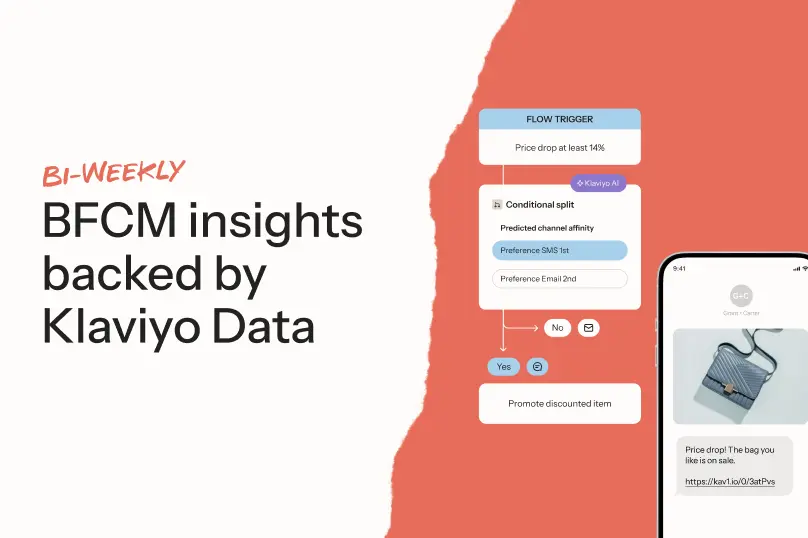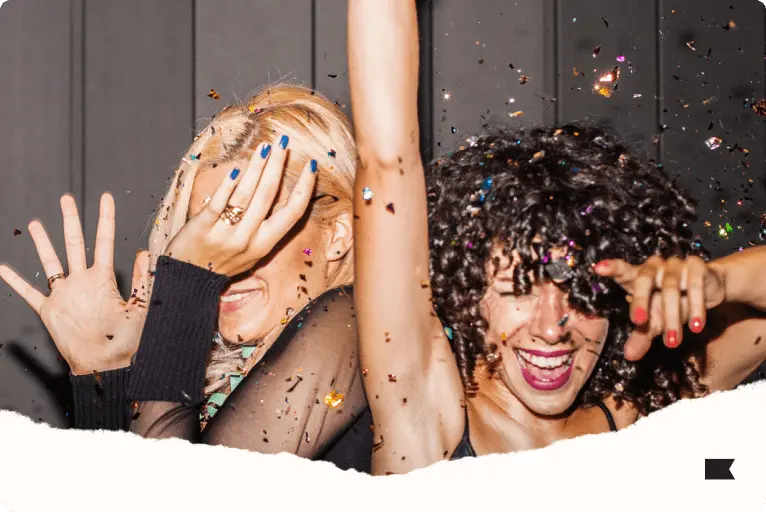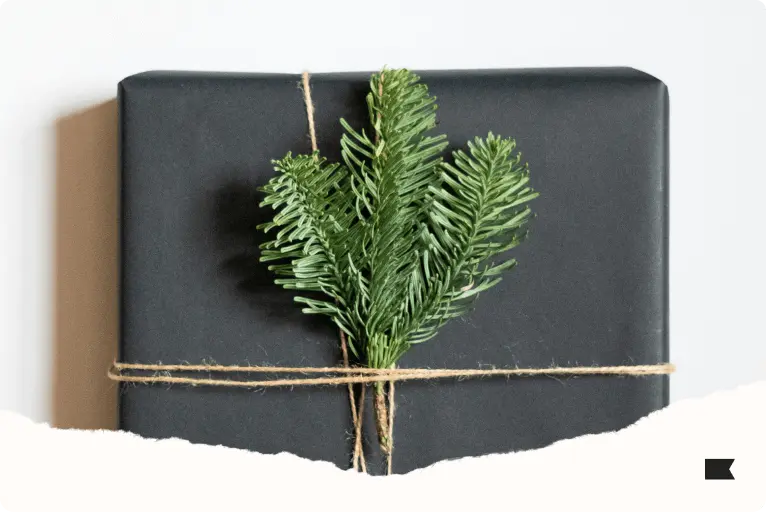Top product bundling strategies & bundle promotion best practices for maximizing AOV

Product bundling is a powerful marketing tactic to increase sales and revenue. It combines two or more complementary products at a lower price to entice customers to buy more.
Bundles may increase average order value (AOV) by encouraging customers to purchase more than one item. They can also move lower-selling products off the shelves and introduce customers to new products they might not have considered.
Whether pairing complementary items, creating exclusive offers for VIPs, or tapping into FOMO, bundling requires a bit of creative thinking. Here are some tried-and-tested product bundling strategies, including several bundle promotion best practices to help you boost sales.
1. Consider simple cross-sell pairings
Sometimes straightforward product pairings—like bundling 2–3 complementary items—are all it takes to boost AOV. Consider matching products that enhance each other to make it easy for customers to see the value of purchasing them together.
For example, match a bestseller with an item customers typically purchase as an add-on, like a hairdryer with a heat protectant spray. Or offer a standalone product with a replenishable item, like a coffee subscription with a matching travel mug.
Think about it: when someone buys a new phone, they’ll need a charger, case, and maybe even a screen protector. You can offer these items as a bundle, saving your customers time and giving them a better deal.
Tech accessory brand Smartish, for example, understands the value of the simple bundle. Their email below is spot on—when someone gets a new phone, they need a new charger and maybe a cable wrangler to avoid a mess.

2. Create thematic bundles
Thematic bundles offer a curated, stress-free shopping experience. Bundles like these can tell a story, but most importantly, they solve a problem in one go.
Throwing a dinner party in a few weeks? Here’s a set of plates and matching glasses. Taking a family portrait this Christmas? Here’s a matching sweater bundle for the whole family.
The gist is that instead of pairing random products, you create a theme that brings everything together in a meaningful way.
Home essentials brand Snowe nails this approach with their “bundle up” offer. Instead of offering a separate discount on bath towels and accessories, they package it as a cohesive unit, giving customers an easy way to refresh their bathrooms with one click while saving 20%.

3. Leave it up to customers with customer-led bundles
Letting customers design their own bundle might sound counterintuitive to convenience. But there’s something to be said about empowering your customers to solve the problems they know best—especially if your product suite is up for the challenge.
Customer-led bundles are about creating the right environment for curation. Create a “basket” from which customers can choose 2–3 items to create their own bundle at a discounted price. This way, they’re more likely to buy because they’re picking the products they want instead of “settling” for a pre-packaged bundle.
Loungewear brand Pair of Thieves, for example, sends this email to subscribers offering a hefty discount on a custom, build-your-own underwear bundle.

Product bundle promotion tip: You can also create a custom bundle experience at check-out to increase AOV on the spot. When a customer adds a qualifying product to their cart, trigger a pop-up to add more items to a check-out basket as a custom bundle. Just make sure your check-out items are relevant to the product the customer is already looking to buy.
4. Don’t shy away from the BOGO bundle
Buy-one-get-one (BOGO) deals aren’t just about moving slow stock. They’re one of the best strategies for moving products your customers need to replenish regularly—think coffee subscriptions, dietary supplements, or skincare products.
Customers know they’ll need these items again soon, and the idea of getting more for less will make them want to stock up even sooner. For example, Après Nail offered a BOGO 40% off refill bag deal on gel tips, which gave their customers an easy reason to stock up on something they already use and will need.

5. Embrace the seasonal bundle
Seasonal bundling is all about tapping into what your customers are already thinking about. Whether it’s getting ready to do some holiday shopping or gearing up for winter, bundling products that fit a seasonal theme can help drive sales.
Take supplements brand Alaya Naturals, for instance. Knowing that hair and skin tend to get dry as the weather turns colder, their bundle promotion highlights products that work together to solve that problem.

Product bundle promotion tip: Keep geography in mind when you’re sending seasonal bundle promotions, as this example shows it may not be relevant for all your subscribers.
6. Make shopping for presents easy with gift bundling
Gift bundles are like a cheat code for indecisive shoppers. Whether it’s the holiday season, Valentine’s Day, or an anniversary, gift bundles help customers find a thoughtful, pre-packaged option without the stress of choosing individual items. It’s a no-brainer solution that makes a shopper’s life easier—and boosts your AOV in the process.
When you understand your audience’s needs and bundle your products with purpose, you’re not just bundling items—you’re adding convenience and a little extra joy in each package.
Take Little Sleepies’ bundles, for example. Instead of selling baby onesies separately, the pajama brand bundles them with matching zippies, PJs and gowns, etc., making the perfect, ready-made gift for moms and their newborns.

7. Create data-driven bundles
For ecommerce brands, data is your secret sauce. You already know what your customers love based on their shopping habits, so why not give them more of exactly that?
With data-driven product bundling—like your bestsellers or items frequently bought together—you’re offering people a solution that fits how they naturally shop, making their purchasing decision faster and more convenient. It’s like you’re saying, “Hey, we get you. We know what you’re after, and we’re here to help.”
Harper Wilde, a loungewear brand, took a good look at what their audience wanted most and curated bra bundles to suit different styles and needs.
But this email promoting their bestselling bundles holds another secret: If you take a closer look, you’ll see a “recently browsed” section at the bottom. This tells us that this email is also an action-triggered, automated message that was delivered to a visitor with a certain product browsing history.

8. Follow bundle promotion best practices to maximize AOV
While many brands rely on the tried-and-true product bundling strategies we talked about, the magic really happens when you embrace some best practices for promoting those bundles.
Clearly highlight potential savings
People like bundles because of the perception of savings. This may sound like a no-brainer, but make sure those savings are clearly highlighted with every promotion you send. Whether it’s a percentage off or a dollar amount, be direct about the total discount.
In this email, Rihanna’s cosmetics brand, Fenty Beauty, uses bold, easy-to-read graphics and simple messaging to highlight the savings available on select bundles and sets.

Promote limited-time bundles to create urgency
Purchasing complementary items can make customers feel like they’re addressing multiple needs in one go, whether that’s watercolors and brushes or coffee and cream. When you add a sense of urgency to addressing those needs, it may be the extra nudge that can encourage someone to buy now, not later.
To create FOMO, highlight one item in the bundle as available for a limited time or in limited quantity. Use phrases like “only 5 left” or “savings end in 12 hours” to emphasize scarcity and urgency.
For example, if you’re selling a tech bundle that includes a laptop and wireless mouse, spotlight the mouse as a “limited-time bonus” to the bundle.
Personalize bundles for customer segments
Customers who see bundles that reflect their tastes are more likely to act on them. Use data such as purchase history, browsing behavior, or demographic traits to create custom-made bundles for each segment.
For example, a beauty brand could create a bundle for a segment that frequently buys anti-aging products by pairing their go-to serum with a night cream they haven’t tried yet. Meanwhile, for customers who lean toward makeup, that same brand could offer a “complete look” bundle that includes their favorite foundation with complementary products like a setting powder and blush.
Incorporate bundles into cart abandonment flows
Customers will sometimes abandon their carts because they don’t see enough value in the items they’re considering. To counter this, enhance your cart abandonment flows with product bundles that complement the item someone left behind.
For example, if someone left a pair of shoes in their cart, suggest a discounted bundle that includes socks or shoe care products.
Offer VIP access to exclusive bundles
One way to reward your most loyal customers—and increase their customer lifetime value (CLTV)—is to offer them access to a bundle before anyone else.
For example, a high-end food brand might create a “Limited Edition Chef’s Collection” with newly launched spices, sauces, and other high-quality ingredients customers can’t find elsewhere.
Tying the bundle to limited-edition items can build even more excitement. Communicate that these curated sets are only for them.
Test bundling offers to maximize conversion
When A/B testing product bundles, think beyond the products themselves. Instead, compare different approaches to understand what drives customer decisions and sales.
Here are some product bundle A/B tests you can run:
- Bundle type: Test a BOGO deal against a “complete set,” for example.
- Product pairing: For example, test a “kitchen essentials” bundle (knife + cutting board) against a “healthy meal prep” bundle (knife + recipe book).
- Discount structure: Experiment with different discount strategies, such as a percentage vs. a dollar amount discount.
- Visual presentation: For example, test plain product images vs. lifestyle photography or GIFs.
- Seasonal vs. evergreen bundles: Create seasonal bundles tailored to a specific holiday or event and compare performance against evergreen bundles available year-round.
To determine a winner, measure which approach generates the most engagement, conversion, or highest AOV.
Final thoughts: variety is your bundling buddy
When it comes to bundling, variety is your friend. Sometimes a simple bundle will yield incredible results right away. Other times it may take a while before you find that magic combination that gives customers what they need.
Don’t forget the power of data. Analyzing shopping patterns helps you craft bundles that speak directly to specific segments.
And no matter which CRM strategy you choose, make sure to harness the power of FOMO by using urgency and scarcity to spur impulse buys.
Related content
- 11 email campaign optimization best practices to supercharge your emails
- Product improvement is an obvious way to reduce customer churn. What can marketing do to help?
- Product replenishment or repurchase email strategies and tips for automation

Related content

Shopping is about to hit its peak season. But this year’s surge will look different from those before it. Instead of impulsive buying sprees, shoppers are entering the holidays with a more deliberate mindset.

New Year’s may be your last chance at a sale—but it’s also an opportunity to collect customer data for next year. Here are 7 marketing ideas to close out the year with more revenue.

Get inspired by 9 Boxing Day marketing ideas and email examples from real brands. Learn how to segment audiences, personalize campaigns, and drive post-Christmas sales with Klaviyo.
